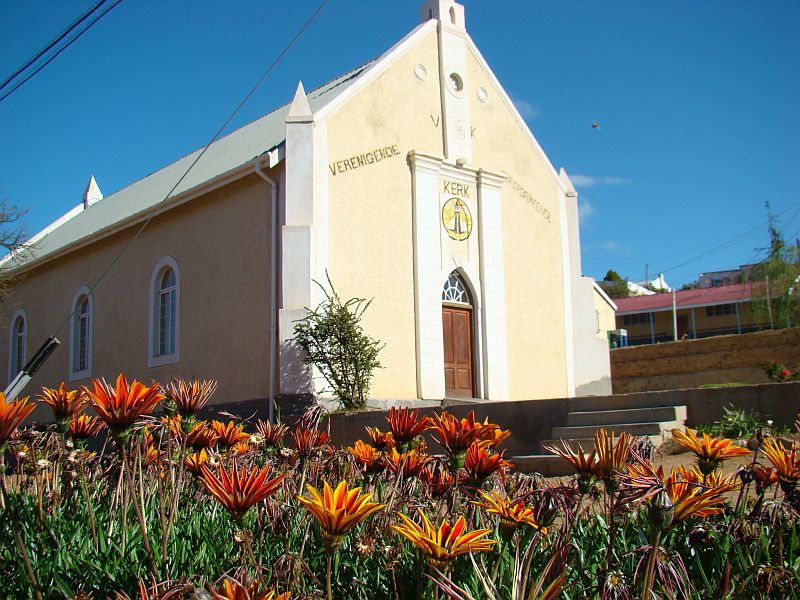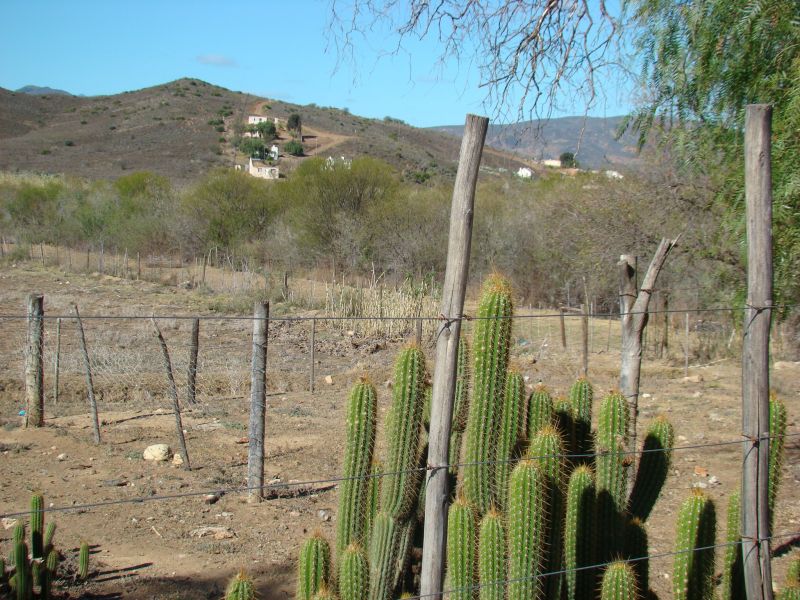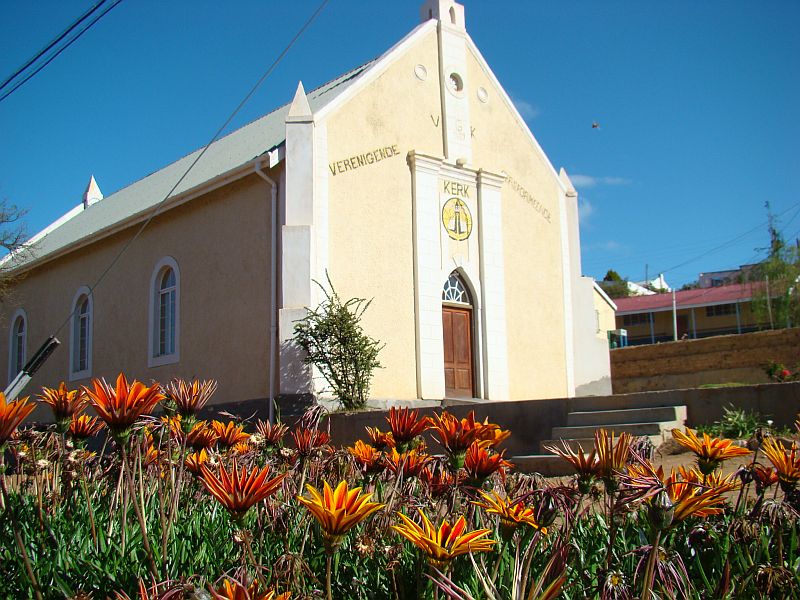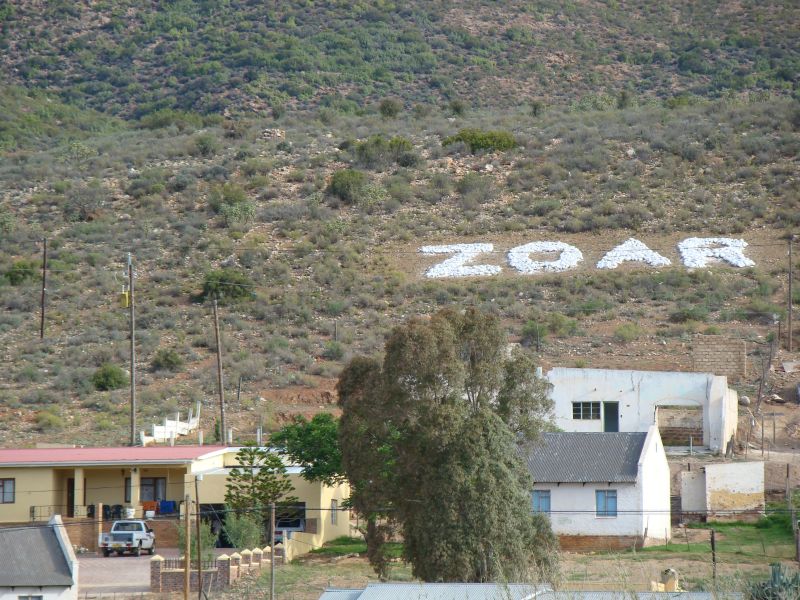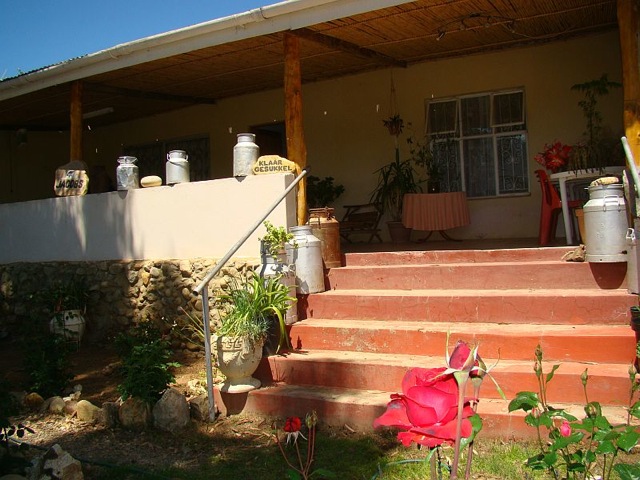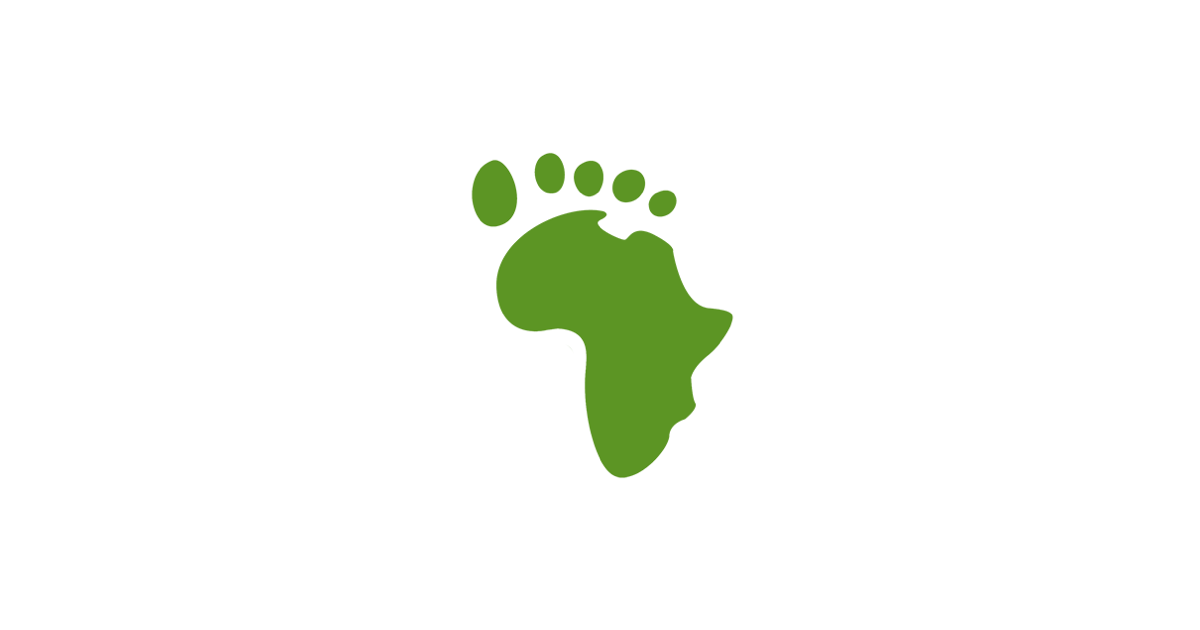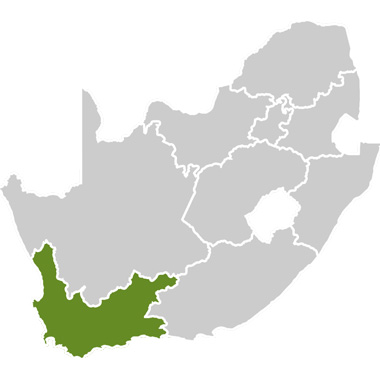Neatly placed along a fertile valley, 22km from Ladismith, Zoar lies surrounded by breathtaking landscapes with mountains in its background. The area is a developing tourism gem with hiking trips that can be arranged by the local community. Seweweekspoort lies next to this community and is an ideal last stop before heading further.
In 1817 a mission station was started when two farmers, JL and GC Nel handed the farm Elandsfontein to the government for mission work. Petrus Johannes Joubert, a missionary of the South African Missionary Society, with approval of the governor named the mission on 27 March of the same year. The mission station was named Zoar after the biblical town on the Red Sea.
The Berlin Missionary Society started the work and the first inhabitants were slaves and other coloured people from Cape Town, Zuurbraak and Genadendal. In 1822 the missionaries informed the governor that the land allocated was only grazing land and a further portion of land suitable for gardening was allocated. PJ Joubert managed the mission untill 1833, before it was taken over by two missionaries from the Berlin Missionary Society. The land was formerly transferred to the Berlin Missionary Society, to be held in trust for the local inhabitants. Zoar was run by Reinhold Gregorowski of the Berlin Mission Society from 1837. In 1838 Zoar had a church and huts forming a village which was inhabited by 300 to 400 Khoi people. The inhabitants were taught farming methods and religious instruction and received an education. After emancipation, slaves settled at the mission stations.
The Dutch Reformed Church took over the missionary in 1895 and the government added two more portions of land (from the farms of Vlugt on 31 October 1895 and the farm Koes Karoo on 28 January 1899). The Berlin Missionary Society bought the adjacent property and named it Amalienstein.

